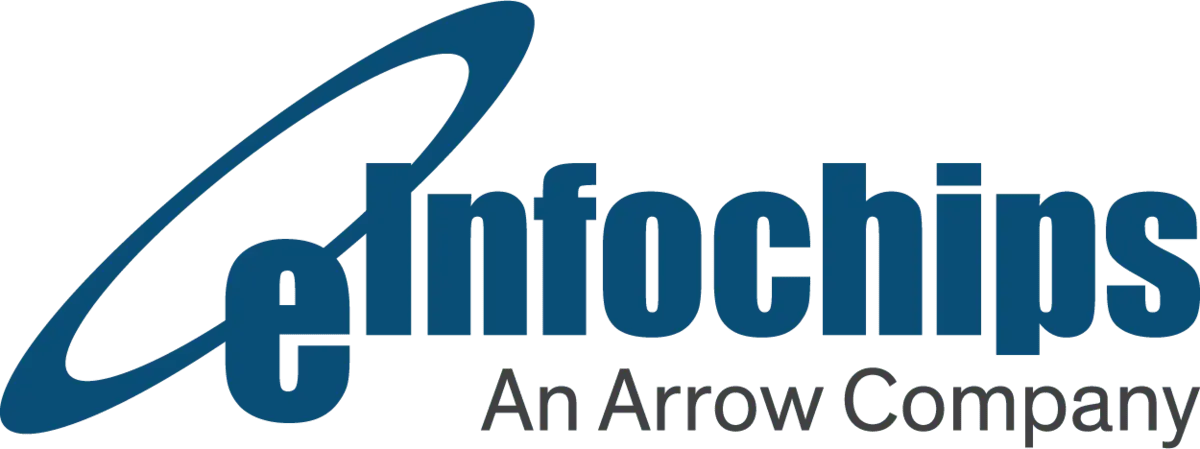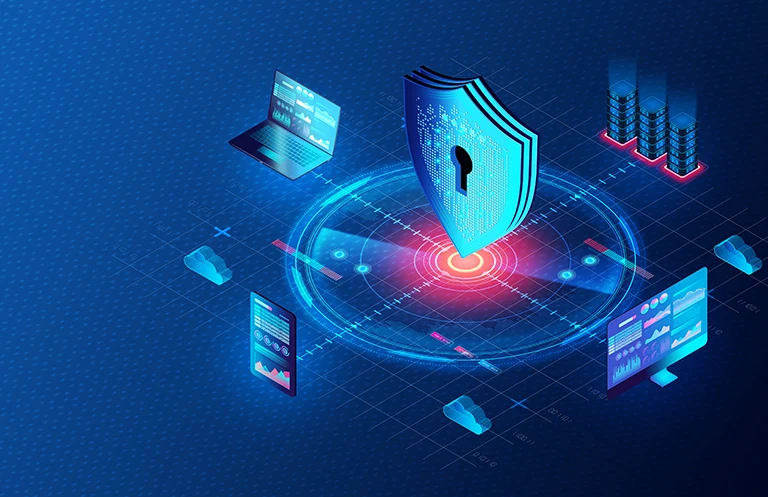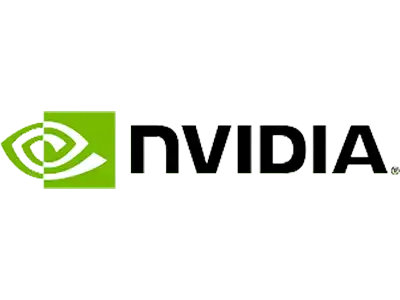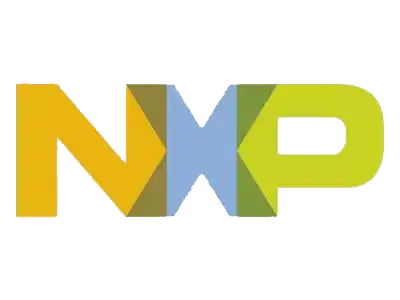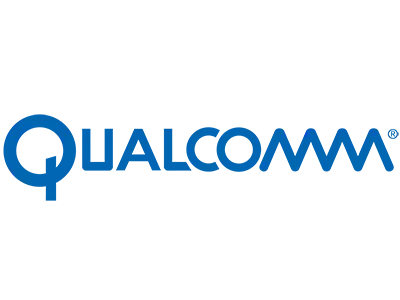About the Light and Versatile Graphics Library (LVGL)
The Light and Versatile Graphics Library (LVGL) is an excellent, open-source embedded GUI library that empowers developers to create smooth, efficient, powerful graphical user interfaces for microcontroller-based embedded systems. It is a popular, free, and open-source embedded graphics library used to create graphical user interfaces (GUIs) for a wide range of microcontrollers (MCUs) and microprocessors (MPUs). The LVGL is designed to be lightweight and efficient for microcontroller-based embedded systems.
LVGL Usage
The LVGL is well-suited for Human Machine Interface (HMI) applications, where resource constraints are a hindrance like smart home appliances, wearable devices, medical devices.
- Medical Devices : The LVGL can be employed in small medical devices like blood glucose monitors, heart rate monitors, and infusion pumps.
- Smart Home Appliances : It can be used to create a user-friendly interface for controlling the smart lighting, security systems and smart kitchen appliances like ovens, refrigerators, and other smart cooking devices.
- Wearable Devices : The LVGL is suitable to create watch faces, for notifications, and app interfaces, activity data, and health metrics for fitness trackers.
Key Features
Smooth and Efficient UIs

Accelerated Development
The LVGL accelerates embedded GUI development by providing a flexible framework that simplifies the interface-creation. It offers a wide range of pre-built graphical elements. This leads to faster development cycles, reduced costs, and higher-quality user experiences, particularly for resource-constrained devices.
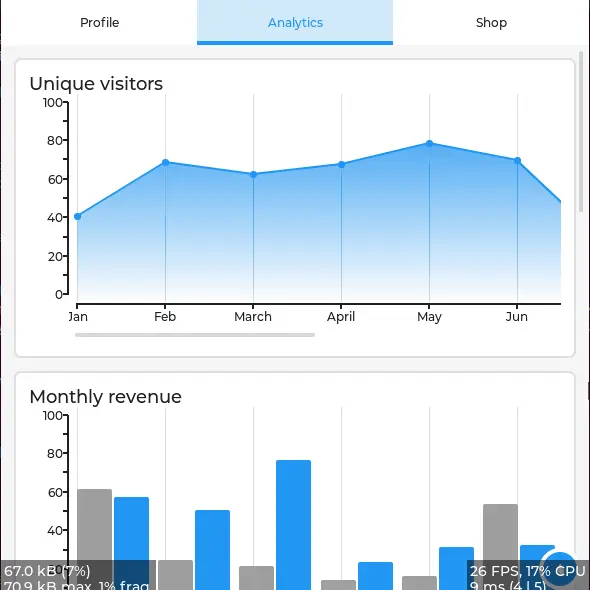
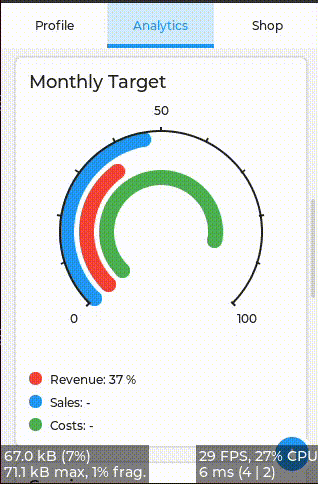
Diagrams
Hardware Acceleration
The LVGL provides Application Programming Interfaces (APIs) that allow HMI applications to offload drawing operations like drawing rectangles, lines, or images to hardware accelerators instead of the CPU. This frees the CPU to handle other tasks while the hardware accelerators handle the drawing operations. The hardware accelerators are faster for pixel-processing compared to the CPU. As a result, it has a faster framerate and smoother graphics.
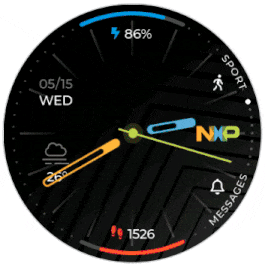
Diagram 3
Advanced Graphics
The LVGL allows for rich visuals with animations, opacity, masking, image transformations, smooth scrolling, and flexible buffering. The LVGL provides a configurable refresh period, that allows the HMI applications to adjust it for an optimal display performance and battery life.

Ease of Use
The LVGL is designed for ease-of-use due to its lightweight nature, extensive documentation, a variety of tools that simplify the User Interface (UI) development.
Hardware Independence
The LVGL uses an abstraction layer that handles the low-level details of interacting with specific hardware components, such as displays and input devices. This implies that the core LVGL code does not need to know the specifics of the display or input device being used. The LVGL is designed to be hardware-independent, and so, can be used with various microcontrollers and displays without needing significant modifications.
Low Resource Usage
The LVGL is designed for resource-efficient for microcontroller-based embedded systems. Its code base is compact and minimizes the memory footprint on the device. It has no external dependencies, simplifying its deployment and reducing the need for any additional software.
Lightweight Animation
The LVGL provides exceptional support of Lottie animations through the lv_lottie library. Lottie animations are typically stored in JSON (JavaScript Object Notation) format and the Lottie file size is 6 times smaller when compared to a GIF.
Multi-language Support
The LVGL supports the multi-language usage internationalization (i18n) feature. The lv_i18n library provides support for string translation. Yet another option is to create YAML files (another markup language), for translations and use a tool to generate C-code for the translation of the strings.
Free and Open Source
The LVGL is a free graphics library for microcontroller-based embedded systems that helps developers create HMI applications. Since it is under the MIT License, developers can use it for free, even in commercial projects, without any fees.
Also, the LVGL code is freely available thereby allowing developers to examine, modify, and extend it.
LVGL vs QT
| LVGL | QT | |
| Focus | Microcontroller-based embedded systems | Cross-platform development, including desktop, mobile, and embedded systems. |
| Memory | Low memory footprint | High memory footprint |
| Resources | Lightweight, optimized for low-resource systems | Resource intensive |
| Animations | Easy to implement & lightweight | Implementation is complex |
| Resolution | Best suitable low-resolution HMI | Best suitable high-resolution HMI |
| Supported Platforms | NXP, ESP32, Raspberry Pi, Renesas, ST, TI, Toradex, Waveshare and ITE SoC | NXP, Raspberry Pi, Intel, NVIDIA, Qualcomm |
| Supported OS | Bare metal, real-time operating systems (RTOS), Linux, Arduino, Windows, Linux and macOS | Linux, macOS, Windows, Android, and iOS |
| Learning Curve | Easy to learn | More complex, larger learning curve |
| Open Source | Yes (MIT License) | Community: Yes Production: Licenced |
Conclusion
The Light and Versatile Graphics Library is an excellent choice to create graphical user interfaces (GUIs) for microcontroller-based embedded systems. It is lightweight, efficient, has a hardware-independent design, provides a smooth and efficient performance with low memory consumption, and has optimized algorithms. The LVGL also supports advanced graphics features like animations, anti-aliasing, and smooth scrolling. The LVGL development accelerates with a flexible framework, pre-built graphical elements, and extensive documentation. It is easy to use and reduces the development time and costs.
Additionally, it supports hardware acceleration, so it can provide faster framerates and smoother graphics by off-loading drawing operations.
The LVGL uses low resources and is compatible with various microcontrollers making it highly adaptable. It is free and open source under the MIT License. It allows developers to use, modify, and extend the features without licensing fees, even for commercial products.
If we compare LVGL to alternatives like QT, the LVGL is specifically optimized for microcontroller-based embedded systems. This is because it has key features like a low memory footprint, lightweight animations, and an easier learning curve, it is ideal for resource-constrained devices.
In summary, an HMI application using LVGL is a powerful, cost-effective, and a developer-friendly solution to create high-quality GUIs in microcontrollers-based embedded systems.
Reference:
